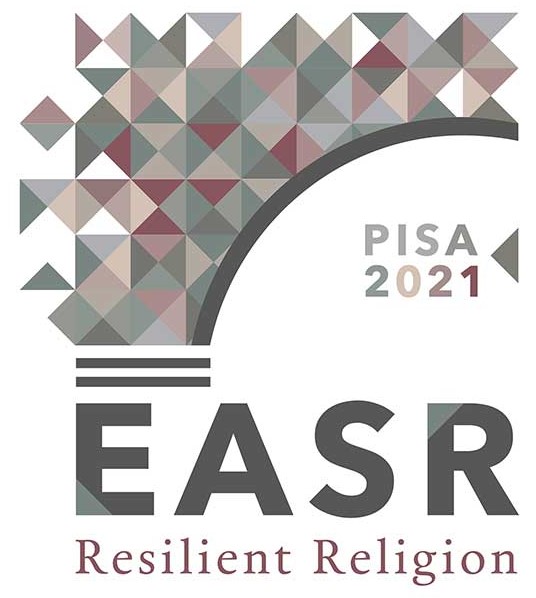Religion in Central and Eastern Europe – Towards an Auto-interpretative Perspective
The panel will focus on three closely related aspects of the Central and Eastern European region. The region is generally understood from a hetero-interpretative perspective compared to the so-called West as a latecomer to modernization. This view provides a framework for the hermeneutics of religion in the region, whereby religion is analyzed and understood concerning the lack of modernity. In our panel, we collect contributions that invest a conscious auto-interpretative approach, building on one’s own historical experience and memory work. The interpretation of religion is made concerning the regional characteristics.
1) Hermeneutics of the Region
In the recent sociological discourses, the geopolitical hallmark of the region is its intermediary position at the crossroads between major cultural and political hegemonies. Its collective memory can be characterized by five common historical wounds (traumas), which have had a decisive impact on social and religious transformations: (i) the lack of national sovereignty, (ii) the refusal to protect minority groups, (iii) politically-determined social mobility, (iv) persecution of religions, churches and dissidents, and (v) genocide and other cases of mass killing. The pervasive presence and political instrumentalization of this wounded collective identity can (and perhaps should) be taken as the preeminent explanatory factor when interpreting the present-day success of populism and the social role of religion and the churches.
2) Religiosity of the region
The transformations of religiosity are generally analyzed and interpreted through the theory of secularization. Without denying or relativizing this approach’s values, an auto-interpretative hermeneutics asks about the relationships of religiosity with the specific regional characteristics. What can be considered as variables of religiosity related to the region’s unique variables when by special variables we mean, among others, national pride, authoritarian attitudes, advocacy of stability, and the importance of historical traumas? What kind of religiosity strengthens and what kind weakens social cohesion.
3) Religious denominations of the region
The question of the major religious institutions’ roles and functions is also not infrequently considered from the perspective of the Western European aspects of the transformation. The situation and transformation processes of the churches and other religious institutions of the region should be analyzed and interpreted in an auto-interpretative hermeneutic concerning the region-specific institutional developments. The relations of these and the state, politics, and civil society have regional characteristics. In the region, the following issues are central concerning religious institutions: state and political instrumentalization of religious institutions to stabilize and strengthen state and national sovereignty; the handing over and assumption of state tasks by the major religious institutions in the school system, health care system, and welfare system; the autonomy of religious civil society, etc.
András Máté-Tóth: matetoth@rel.u-szeged.hu
